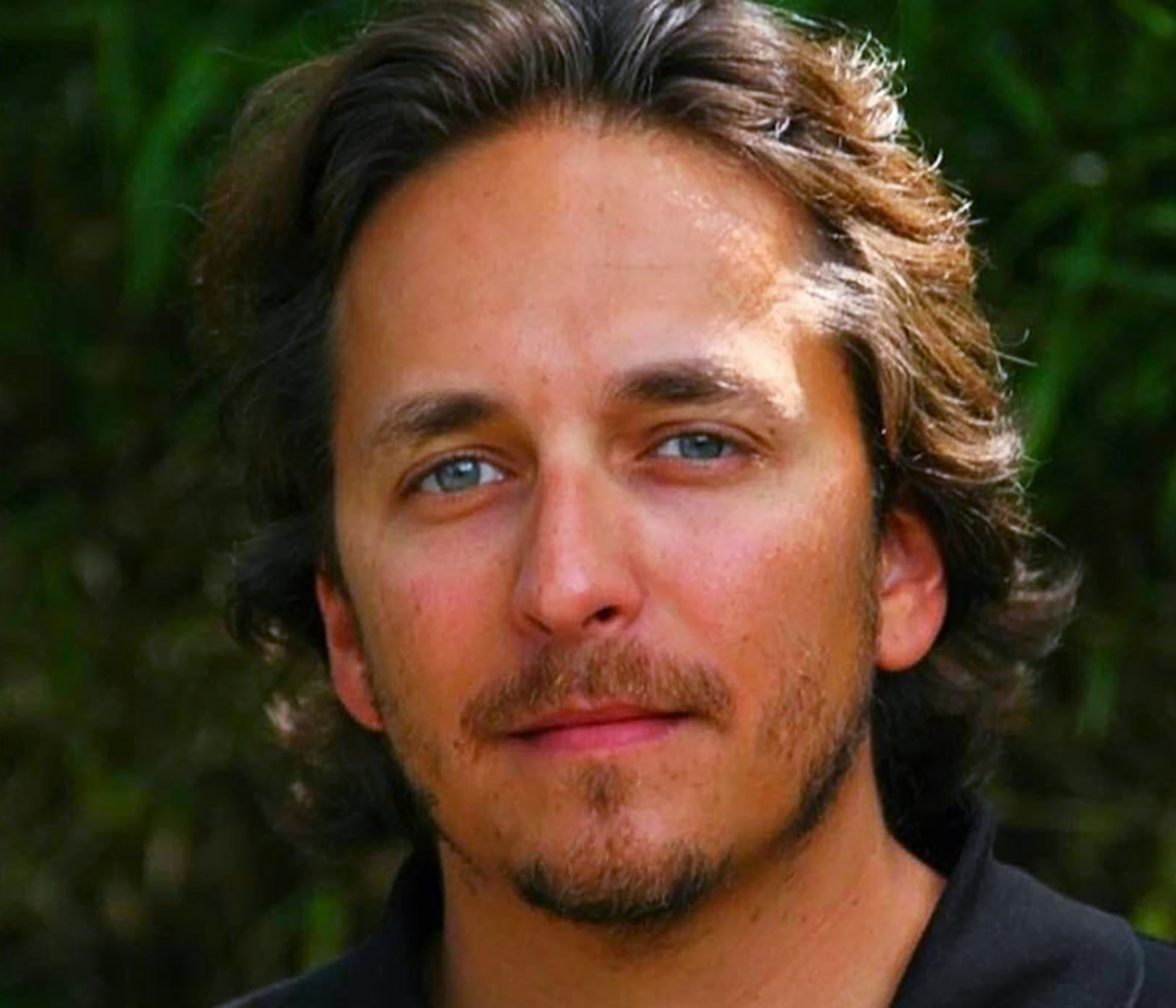
How do you tell the story of a war? Since the Russian invasion of Ukraine began on Feb. 24, all of us have been grappling with the constant flood of images and messages coming into our homes and onto our screens, with what feels like unprecedented immediacy. The world has been captivated by the extraordinary resilience of Ukraine’s people and the unspeakable tragedies they are enduring.
This week, the war came home to TIME, with the death of Brent Renaud, an award-winning 50-year-old filmmaker who was killed by Russian fire in the Kyiv suburb of Irpin on March 13. Brent had been working on a TIME Studios documentary about the global refugee crisis. That crisis now counts among its numbers the 3 million refugees fleeing Ukraine. Brent’s loss is devastating for journalism, compounded days later by the deaths of cameraman Pierre Zakrzewski, 55, and the Ukrainian journalist Oleksandra Kuvshynova, 24. The stories of war would not be possible without journalists like Brent, Pierre, Oleksandra; journalists like Evgeny Sakun and Viktor Dudar, who were killed earlier in the conflict; and like so many others from Ukraine and all over the world, whose work is essential to this critical moment.
As we mourn the loss of these courageous professionals, we pay tribute to their memory through our work. “What gives me the greatest heart,” Brent’s brother Craig says in a remembrance in this issue, “is how specifically and genuinely the people honoring Brent acknowledge the mission that drove him.”

We tell the stories of refugees, so much a part of Brent’s work, in two covers that accompany this issue. One is of a 5-year-old girl named Valeriia. She comes from President Volodymyr Zelensky’s hometown and, with her mother Taisiia, recently fled to Poland, leaving behind her brother and father. “It was very hard to leave Ukraine, very hard,” Taisiia tells TIME in this issue, “but everyone wants to take care of their children.” An image created by the artist JR, and photographed by drone from above, is lifted up by more than one hundred of her fellow Ukrainians on Freedom Avenue in Lviv, the city in the country’s west that has been a hub for international aid and collaboration these past few weeks.
Three hundred miles to the east, the story in Kyiv has been much more devastating. There, the Ukrainian photographer Maxim Dondyuk has been creating a diary of life and death in and around the capital city. His photograph of a mother and child being evacuated from Irpin by a Ukrainian soldier—on a day in which Russian forces blew up the railroad tracks on a key evacuation route—also appears on TIME’s cover this week.
Read More: A Ukrainian Photographer Documents the Invasion of His Country
Together, these images are an expression of both the fortitude and agony of Ukraine, a sentiment reflected in the words of the photographers. “This little Ukrainian girl is the future, the hope, the joy, the beauty,” JR says, “and, in this ugly war, she reminds us what our Ukrainian friends are
fighting for.”
“When we show [the Russians] the children killed by Russian bombs, they will imagine their own children,” says Maxim about another heartbreaking photograph of a child that appears in this issue. “They will see themselves in us. They will feel it.”
On March 16, the morning of the day this magazine went to press, President Zelensky delivered his historic address to the U.S. Congress. “Now I am almost 45 years old,” he said. “Today my age stopped when the heart of more than 100 children stopped beating.” As I listened to him speak, and took in the dueling images of joy and destruction in the video he showed, my own 5-year-old played nearby. I thought of the children on these covers and of the families from Mariupol, Ukraine, to Port-au-Prince, Haiti, whose stories of searching for safety and a better life run throughout this issue. These stories connect us all. We will continue to tell them, and are grateful for your support of our work.
More Must-Reads from TIME
- Donald Trump Is TIME's 2024 Person of the Year
- Why We Chose Trump as Person of the Year
- Is Intermittent Fasting Good or Bad for You?
- The 100 Must-Read Books of 2024
- The 20 Best Christmas TV Episodes
- Column: If Optimism Feels Ridiculous Now, Try Hope
- The Future of Climate Action Is Trade Policy
- Merle Bombardieri Is Helping People Make the Baby Decision
Contact us at letters@time.com